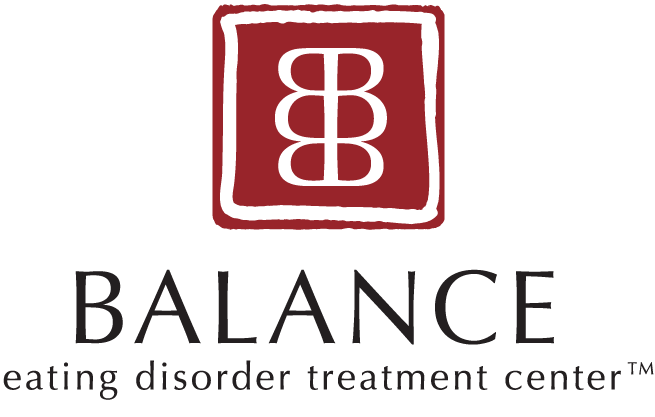Combat self-comparison haunting your thoughts. Learn strategies to navigate social triggers and focus on experiences over appearances for better mental health.
Read MoreDiscover the liberating concept of joyful movement. Explore how to redefine your relationship with physical activity, finding pleasure and purpose.
Read MoreDiscover how to overcome fear foods in eating disorder recovery. Learn why they cause anxiety, how to challenge them, and the importance of expert support.
Read MoreLearn to retrain your brain and overcome unhelpful thinking patterns. Discover how to recognize, challenge, and reframe negative thoughts for mental well-being.
Read MoreDiscover the link between eating disorders and BFRBs (body-focused repetitive behaviors) like hair-pulling and skin-picking. Learn how they intertwine and effective treatment strategies for both.
Read MoreDiscover the difference between picky eating and ARFID. Learn how to identify symptoms and provide essential support for effective treatment.
Read MoreRO DBT, or Radically Open Dialectical Behavioral Therapy, is a type of cognitive-behavioral therapy that is often used in the treatment of eating disorders. RO DBT has been proven to help those with chronic depression, treatment-resistant anxiety, anorexia nervosa, and a spectrum of disorders characterized by excessive self-control. It is designed to help perfectionists, high achievers, and people who are negatively impacted by extreme control, otherwise identified as overcontrol, which is a common characteristic of eating disorders.
Read MoreRecognizing and accepting that one is in need of treatment for their eating disorder is the most important step toward recovery. Despite its importance, coming to terms with the decision to seek treatment can, unfortunately, lead to a great deal of stress when looking into different programs, treatment professionals, and levels of care. When exploring treatment options for an eating disorder, it can be helpful to have a clear picture of what types of programs are available and the predominant factors for each level of treatment.
Read More









